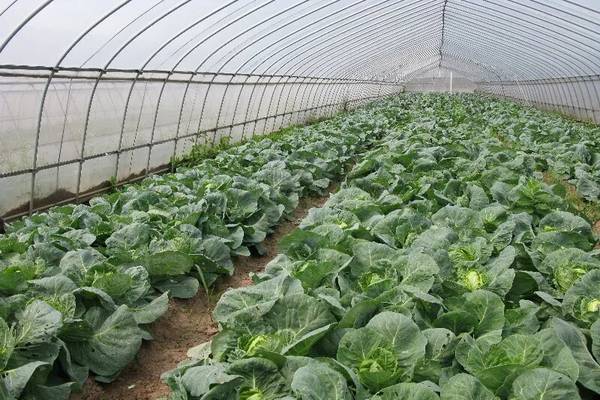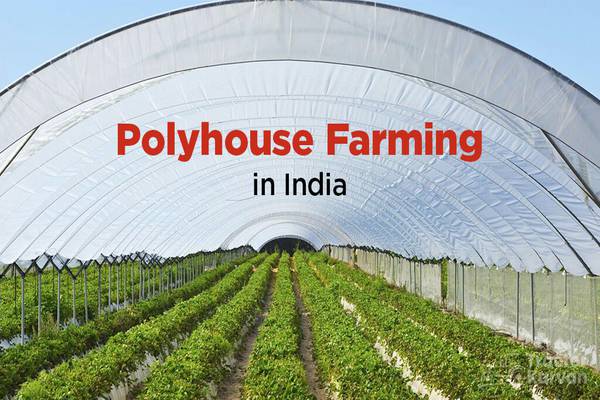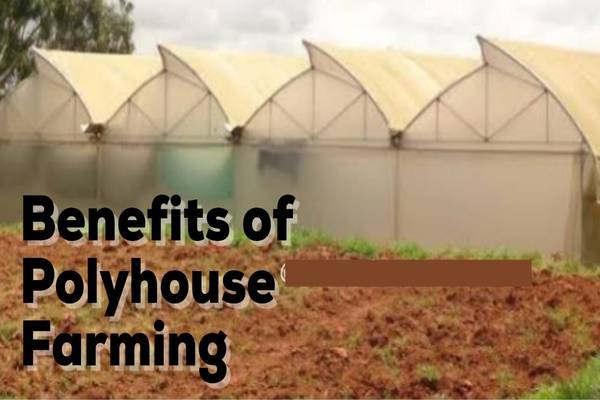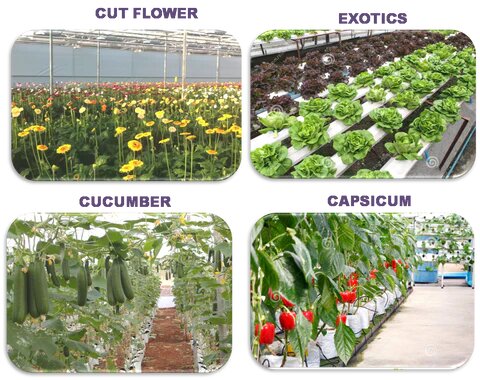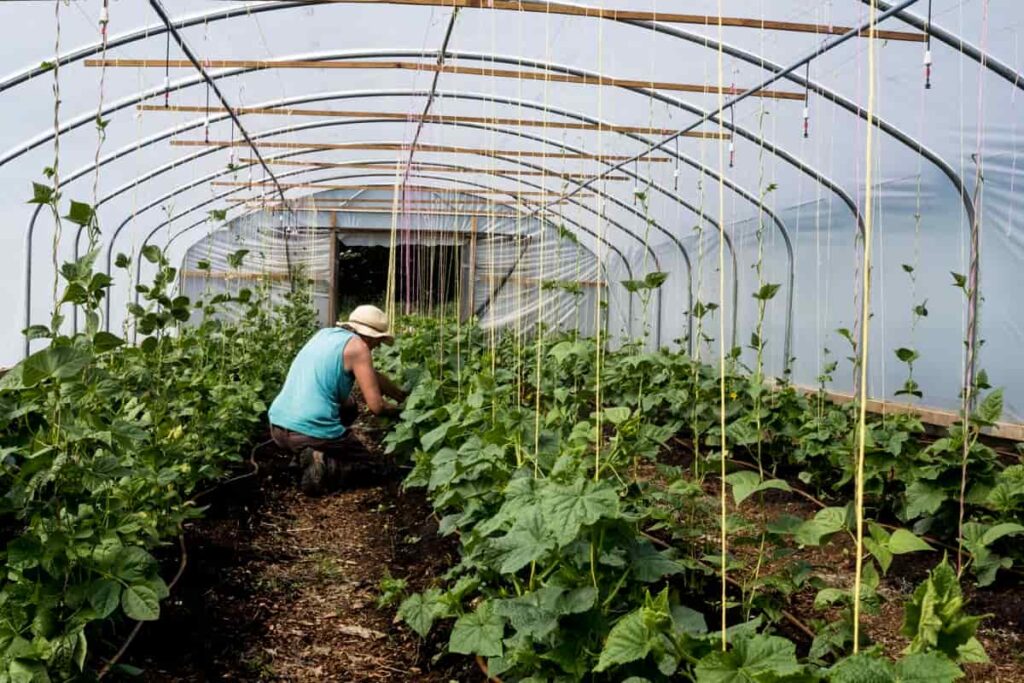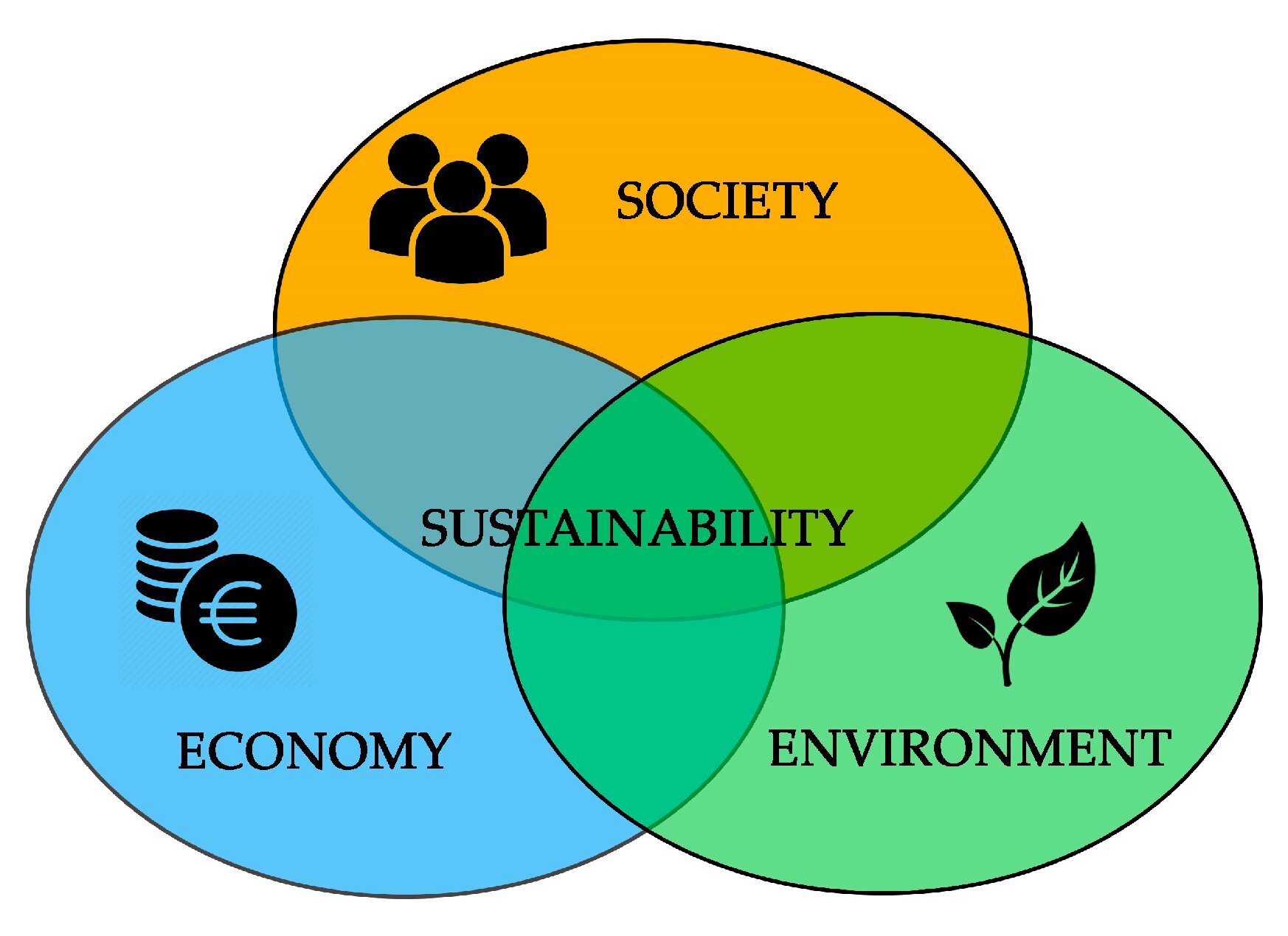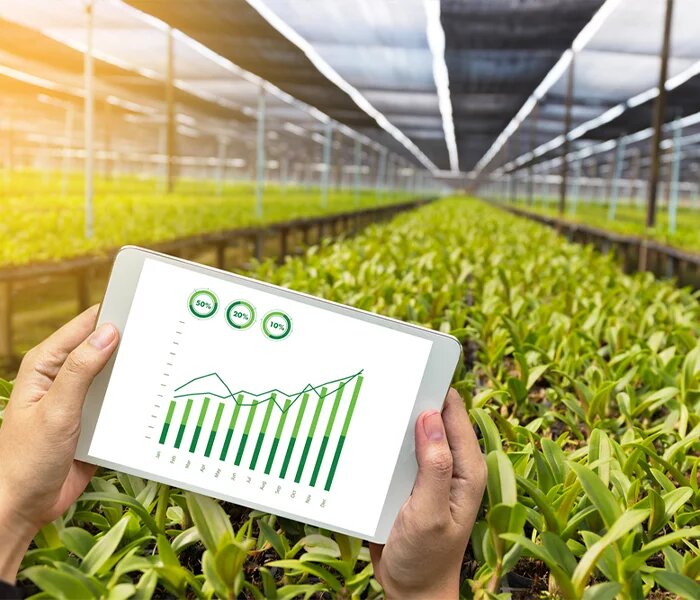Exploring The Polyhouse Farming
Drafted by: vijaychourey26@gmail.com
In today's rapidly evolving world, the agricultural industry has witnessed significant advancements aimed at enhancing crop production and ensuring food security. One such innovation that has gained substantial attention is polyhouse farming. This article delves into the fascinating realm of polyhouse farming, exploring its benefits, challenges, and its role in shaping the future of agriculture.
Traditional farming practices often encounter limitations due to unpredictable weather patterns and environmental factors. In response to these challenges, polyhouse farming has emerged as a revolutionary method that offers controlled and optimized conditions for crop growth.
What Is Polyhouse Farming?
Polyhouse farming, also known as greenhouse farming, involves the cultivation of crops within a structure made of translucent materials such as polyethylene. This structure permits sunlight to enter while trapping heat inside, creating a microclimate conducive to crop growth.
Types Of Polyhouses
Naturally Ventilated Polyhouse
Naturally ventilated polyhouses rely on natural airflow for temperature regulation. They are cost-effective and suitable for regions with mild climatic conditions.
Fan and Pad Polyhouse
Fan and pad polyhouses incorporate exhaust fans and cooling pads to maintain the desired temperature and humidity levels. This type is commonly used for high-value crops.
Sawtooth or Multi-Span Polyhouse
Sawtooth polyhouses consist of multiple segments, resembling a saw's edge. They offer flexibility in design and are suitable for larger cultivation areas.
Advantages Of Polyhouse Farming
Climate Control
Polyhouses provide a controlled environment, shielding crops from harsh weather conditions and enabling year-round cultivation.
Enhanced Crop Yield
Optimal conditions within polyhouses lead to increased yields and better quality produce compared to traditional open-field farming.
Pest and Disease Management
The enclosed environment minimizes the risk of pest infestations and diseases, reducing the need for chemical pesticides.
Extended Growing Seasons
Polyhouse farming allows farmers to extend growing seasons, ensuring a consistent supply of crops even during unfavorable weather.
Setting Up A Polyhouse
Location and Orientation
Selecting the right location and orientation is crucial to maximize sunlight exposure and minimize shading.
Structural Considerations
The design and materials used in the polyhouse's construction play a vital role in its effectiveness and durability.
Ventilation and Cooling Systems
Proper ventilation and cooling systems are essential to prevent heat stress and maintain optimal humidity levels.
Suitable Crops For Polyhouse Farming
Tomatoes
Tomatoes thrive in polyhouse environments, producing higher yields with fewer blemishes.
Capsicum (Bell Peppers)
Capsicum plants benefit from the controlled conditions, resulting in uniform fruit size and vibrant colors.
Cucumbers
Cucumbers grown in polyhouses are less prone to diseases and achieve a higher market value due to their quality.
Leafy Greens
Polyhouse cultivation ensures consistent growth of leafy greens, making them available throughout the year.
Challenges Faced In Polyhouse Farming
Initial Investment
Setting up a polyhouse requires a significant initial investment, including construction, equipment, and climate control systems.
Technical Expertise
Farmers need specialized knowledge to manage the polyhouse environment effectively, requiring training and continuous learning.
Monitoring and Maintenance
Constant monitoring and maintenance of temperature, humidity, and other parameters are essential for successful polyhouse farming.
Sustainability And Environmental Impact
Polyhouse farming, when managed responsibly, can lead to resource-efficient agriculture with reduced water and pesticide usage.
The Future Of Agriculture: Polyhouse Farming's Role
As the global population continues to rise, polyhouse farming offers a promising solution to ensure food security and sustainable crop production.
